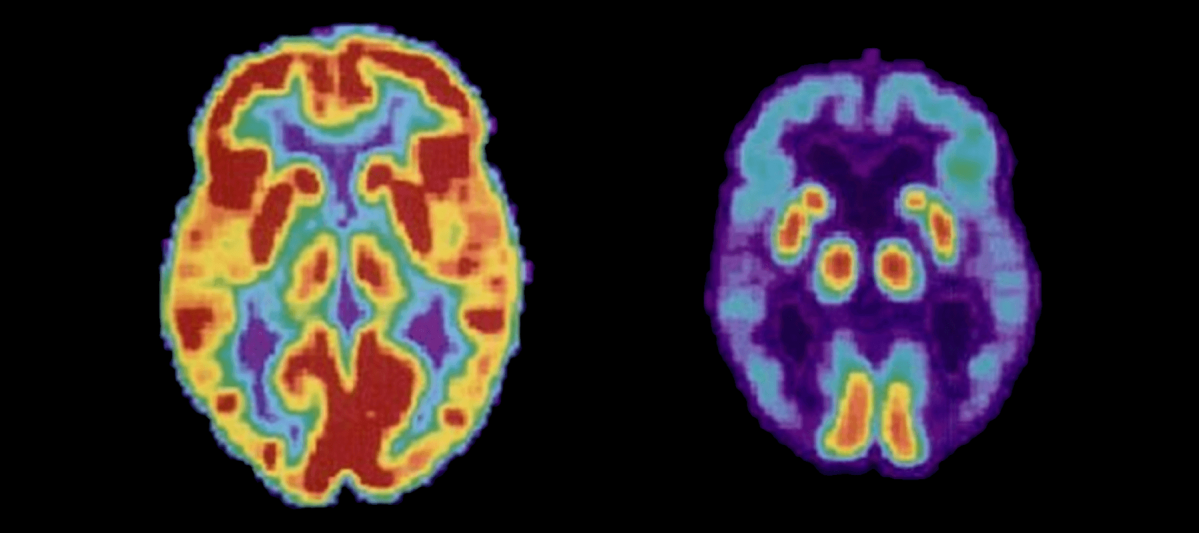RESEARCH HIGHLIGHT: Association of Extracellular Vesicle Biomarkers With Alzheimer Disease
Researchers studying neurodegenerative diseases have been hoping to use extracellular vesicles (EVs) extracted from plasma or serum as a more accessible source of biomarkers than cerebrospinal fluid. But with EVs originating from neuronal cells comprising only a small fraction of the total circulating EV population, getting interpretable results has been difficult. In this study by Kapogiannis, et al., they’ve found success by isolating EVs from plasma and then enriching for EVs produced by neuronal cells (nEVs) by immunoprecipitation with anti-L1 cell adhesion molecule (L1CAM) antibodies.
Association of Extracellular Vesicle Biomarkers With Alzheimer Disease in the Baltimore Longitudinal Study of Aging
Kapogiannis, et al. JAMA Neurol. 2019 Jul 15. doi: 10.1001/jamaneurol.2019.2462
What makes this study so exciting?
Whether you are interested in using EVs as biomarkers or study Alzheimer’s Disease, there are many reasons to read this paper.
For researchers interested in Alzheimer’s Disease, this study identified and validated nEV biomarkers that possess a high sensitivity and specificity for predicting Alzheimer’s Disease approximately four years before symptom onset, when therapeutic intervention might effective at preventing cognitive decline. It also highlights the usefulness of longitudinal studies, such as the Baltimore Longitudinal Study of Aging (BLSA), which the study authors used as a source for samples from participants who eventually developed Alzheimer’s Disease as well as age- and gender-matched controls.
For researchers hoping to use EVs as a source of biomarkers, this study provides a roadmap on how to succeed, including the clarity that comes with looking at subsets of EVs as well as the benefits of having published guidelines for blood collection and storage1,2 when using EV biomarker studies. In addition, the authors found that not only were there protein biomarkers for Alzheimer’s Disease, the most successful predictive model included EV concentration and diameter as well as measurements of specific proteins.
Quote to note
“The strengths of this study include its large sample size, which far exceeds any previous nEV biomarker studies to our knowledge, andthe availability of repeatedpreclinical samples,which allowed us to uncover previously unobserved age- and sexrelated longitudinal trajectories of EV biomarkers, determine their performance in predicting AD and distinguish between cross-sectional and longitudinal associationswith cognition.
How SBI helped
The study authors used ExoQuick Plasma Prep with Thrombin to isolate EVs from plasma, demonstrating how ExoQuick’s consistent performance and ability to isolate EVs from small amounts of make it an excellent choice for biomarker studies, especially when sample volume is limited.
Other ways SBI can help
While this study relies on ExoQuick, SBI has a wide range of products and services that speed and simplify the study of biomarkers from EVs, such as our new SmartSEC HT system that enables size exclusion chromatography-based EV isolation in a 96-well plate-based format. Take a look at all the different ways SBI can accelerate your EV biomarker research—visit our Exosome Research Products and Exosome Services pages.
References
- Witwer KW, Buzás EI, Bemis LT, et al. Standardization of sample collection, isolation and analysis methods in extracellular vesicle research. J Extracell Vesicles. 2013;2:2. doi:10.3402/jev.v2i0.20360.
- Coumans FAW, Brisson AR, Buzas EI, et al. Methodological guidelines to study extracellular vesicles. Circ Res. 2017;120(10):1632-1648. doi:10.1161/CIRCRESAHA.117.309417


